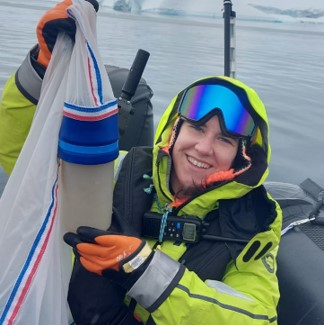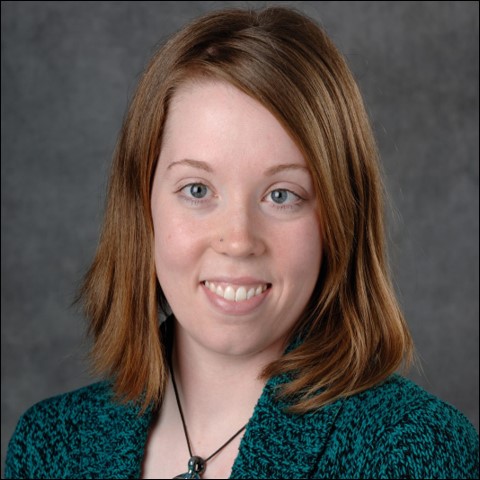
Holly Kelchner was an Aquatic Ecology Research Analyst for CIGLR from 2020-2022. Kelchner was an integral part of the harmful algal bloom (HAB) research team coordinating the Western Lake Erie monitoring cruises and leading toxin quantification through bioassay techniques. Kelchner recently joined the Implementation Team at the Science Education Resource Center (SERC) at Carleton College in Northfield, MN.

Chelsea Weiskerger was a 2019-2020 CIGLR Graduate Research Fellow from Michigan State University (MSU). Weiskerger graduated with a doctoral degree in civil and environmental engineering focused on Lake Michigan storm and water quality impacts. Currently, Weiskerger is working for the U.S. Environmental Protection Agency (EPA). She is based in Atlanta, Georgia, and is developing and calibrating watershed and water quality models to inform regulatory decisions to protect surface water and public health.

Kevin Meyer joined CIGLR in 2015 as a postdoctoral research fellow working with Dr. Greg Dick at the University of Michigan. In 2019, he completed his fellowship and joined the Army Corps of Engineers as an environmental engineer.

Anderson’s research focuses on the interactions between the hydrosphere, cryosphere, and atmosphere, wherein he uses numerical modeling to study Earth’s largest lakes and rivers, extreme storms (meteotsunamis), coastal flooding, lake-effect precipitation, and the impacts on the ecosystem.

Throughout his career as a forecaster at the National Weather Service (NWS) Detroit office, Trenton Frey cites public participation as one of the most important factors influencing forecasters’ ability to detect severe weather conditions. Although meteorologists have a wide array of tools available to predict and analyze weather patterns – radar and satellite imagery, weather model data, and ground-based observations from Automated Surface Observing System (ASOS) equipment at airports – there is still a limit to what experts can know without people on the ground sending them ongoing observations.





